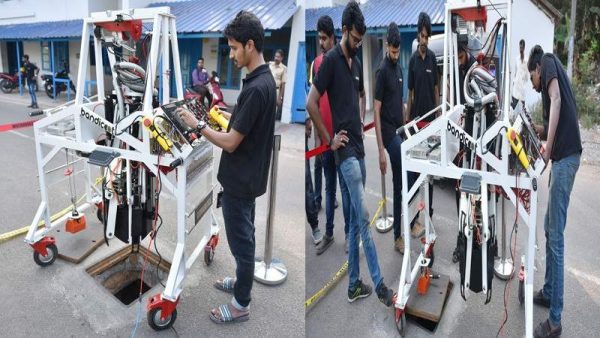
Back on the Growth Track
When a country of 1.2 billion people march into the right direction the world eventually notices but as every coin has two facets, so is the case with this one. It was all hunky dory till the Indian growth chart looked promising. People wanted to have a piece of dividend that India was promising. And then came the twist.

The Indian aspiration ‘High speed railway
The start of the Millennia, with the Atal Bihari Vajpayee led NDA government, produced ‘Spectacular Indian Growth Story’. The growth rate touched high 8s and even 9 for a few years. The ‘India Shining’ story went around the world creating quite a buzz. All was going well until the UPA2 government got into hibernation mode. Major scams broke out, bureaucracy came to a halt and the continuing dream of the growth trajectory took a major hit.

Surajit Mitra articulated that Civil Services need to be hauled up
Narendra Damodar Das Modi took this as opportunity to rise up with the rising aspirations of the countrymen. It was after 30 years that a government has had such a large mandate. The signs were clear from the start. The Indian Growth Story was not just a number game. It was a matter of pride for the people. It gave them a level of satisfaction to hold their head high.

Sunil Jain stressed on the need of Agricultural reforms
Surjit Mitra, Director, Indian Institute of Foreign Trade, says, “Because of administrative deficit i.e. suboptimal delivery by government organization GDP takes a hit. This linkage has to be clearly established.” The cause is three-fold- one, the bureaucracy is risk adverse. Hence, there is no or very little decision taken. Second being, there is a mismatch between governance and administration. And last being, lack of decentralisation.”

Subramaniam Swamy was the chair of the evening
“Civil Services reforms are an imperative step that needs to be taken to improve the situation. The Pay Commission should be used to incentivise the output of the Civil Servants.” He also suggested change in the power structure in the functioning. Let the state do their work. There should be a local delivery system as most of the delivery takes place at local levels. Judicial and police reforms are equally important to the cause.

Rathin Roy had some insightful Ideas
Sunil Jain, Managing Editor, The Financial Express, says, “In India we always have spent a lot of money on the poor but the poor never got it. So, the Prime Minister starts the new Jan Dhan Yojana which led to opening of 150 million bank accounts. It could lead to NPAs for the banks. What could have made this a more successful programme is, if the money spent on subsidy, which amounts to INR 3000 billion annually, could be transferred to those bank accounts.” Also, India has a very dysfunctional agricultural system. The government has to depend on FCI for food storage. The FCI has double the stock of food it needs but the storages are not enough. That leads to wastage of lot of food. The valuation of the extra food the FCI ranges somewhere around INR 1000 billion. If that money could be eliminated then it could do wonders.
Subsidy is a short term solution, if we could call it that. India spends 3% of its GDP on subsidy, which actually is a good idea. That 3% could be put in the investment cycle and would lead to major growth cycle.
Rathin Roy, Member of Seventh Pay Commission, says, “We want an India with double digit growth, where everybody has a pucca roof over their head and access to clean drinking water and various other thing.” India is a poor country and so is China, by the way. Politicians know this irrespective of 8 or 9% growth. “All the poverty lines and other mechanism rest aside, we need to have 30 years of sustained 9% growth to have a transformation.” One of the major sectors that need to be reformed is transport and railways. The recent railway budget outlines that need.
Ground level reforms are the need of the hour and it was outlined efficiently at the discussion. Indian needs all its resources and every reform has to be implemented, smartly.









